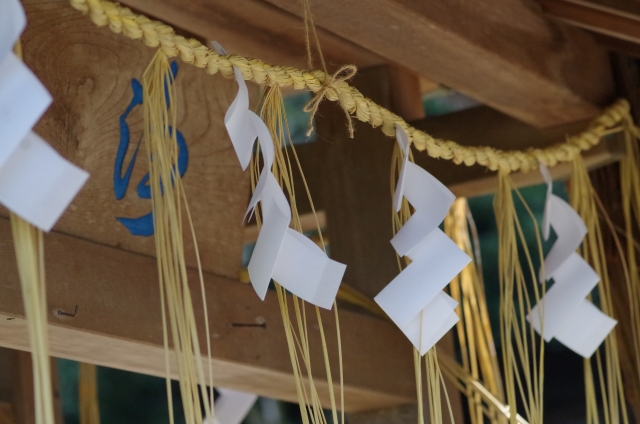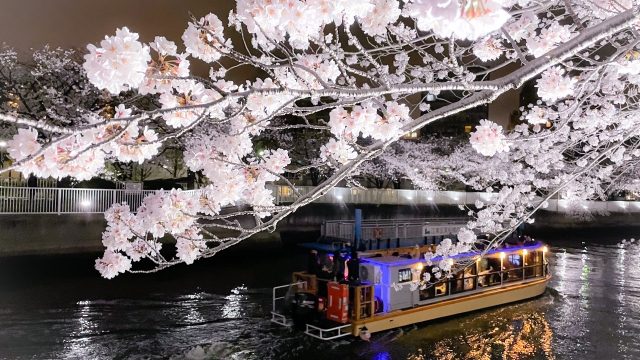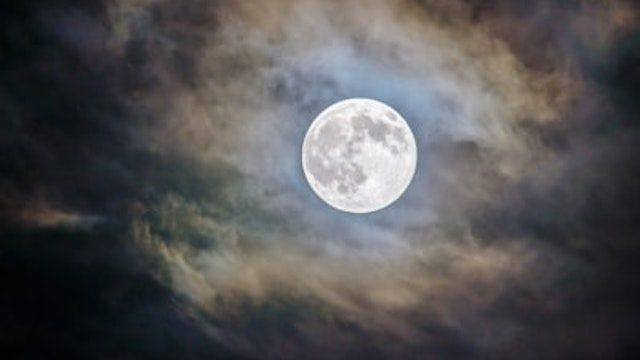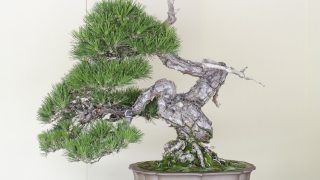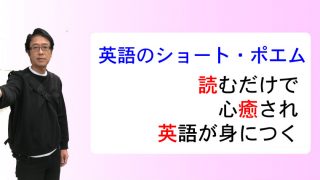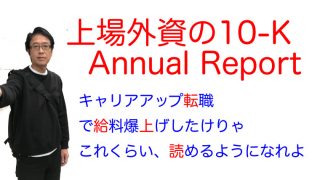The Eight Million Gods: Understanding Yaoyorozu no Kami in Japanese Spirituality
In Japanese Shinto belief, there exists a concept both profound and captivating: “Yaoyorozu no Kami” (八百万の神), often translated as “the Eight Million Gods.” This concept represents not merely a polytheistic pantheon but embodies a fundamental worldview that has shaped Japanese spirituality, culture, and daily life for millennia. For Western readers seeking to understand Japanese religious thought, grasping this concept opens a window into a spiritual landscape where the divine exists in everything around us.
日本の神道の信仰には、深遠で魅力的な概念が存在します:「八百万の神」。これは多くの場合「Eight Million Gods(八百万の神々)」と訳されます。この概念は単なる多神教の神々の集まりを表すだけでなく、何千年もの間、日本の精神性、文化、日常生活を形作ってきた根本的な世界観を体現しています。日本の宗教思想を理解しようとする西洋の読者にとって、この概念を把握することは、私たちの周りのすべてに神聖なものが存在する精神的な景観への窓を開くことになります。
目次
What are Yaoyorozu no Kami? | 八百万の神とは?
The term “Yaoyorozu” literally means “eight million,” but it’s not meant to be taken as a precise number. Instead, it signifies “countless” or “infinite,” suggesting that kami (gods or spirits) exist everywhere in the natural world. Mountains, rivers, trees, rocks, animals, and even certain human-made objects can house kami. This perspective stands in stark contrast to the monotheistic worldviews prevalent in Western cultures, where divinity is typically consolidated in a single supreme being.
「八百万」という言葉は文字通り「八百万」を意味しますが、正確な数字として捉えられるべきではありません。むしろ、「無数」あるいは「無限」を意味し、自然界のあらゆる場所に神(神々や精霊)が存在することを示唆しています。山、川、木、岩、動物、さらには特定の人工物にも神が宿ることがあります。この見方は、神性が通常一つの最高存在に集約される西洋文化に広く見られる一神教的世界観とは鮮明な対照をなしています。
Historical Context | 歴史的背景
The concept of Yaoyorozu no Kami predates written Japanese history. It forms the backbone of Shinto, Japan’s indigenous religion, which has coexisted harmoniously with imported Buddhist beliefs since the 6th century. Early Japanese texts like the Kojiki (Record of Ancient Matters, 712 CE) and Nihon Shoki (Chronicles of Japan, 720 CE) mention countless kami, reinforcing the idea that divinity permeates all aspects of the natural world.
八百万の神の概念は、日本の文字による歴史より古いものです。これは、6世紀以降輸入された仏教信仰と調和して共存してきた日本固有の宗教である神道の背骨を形成しています。古事記(712年)や日本書紀(720年)などの初期の日本の文献には無数の神々が言及されており、神性が自然界のあらゆる側面に浸透しているという考えを強化しています。
Categories of Kami | 神のカテゴリー
Yaoyorozu no Kami encompasses several categories of divine beings:
- Nature Kami: Deities residing in mountains (yama-no-kami), rivers (kawa-no-kami), and other natural features.
- Ancestral Kami: Deceased ancestors who become protective spirits for their descendants.
- Mythological Kami: Major deities from Japanese mythology, such as Amaterasu (sun goddess) or Susanoo (storm god).
- Ujigami: Clan or local protective deities tied to specific communities.
- Household Kami: Spirits protecting homes and families, including Ebisu (prosperity) and Daikoku (wealth).
八百万の神には、いくつかのカテゴリーの神聖な存在が含まれています:
- 自然の神: 山(山の神)、川(川の神)、その他の自然の特徴に宿る神々。
- 祖先神: 子孫の守護霊となった故人。
- 神話の神: 天照大神(太陽の女神)や須佐之男命(嵐の神)など、日本神話の主要な神々。
- 氏神: 特定のコミュニティに結びついた氏族または地域の守護神。
- 家の神: 恵比寿(繁栄)や大黒(富)を含む、家庭や家族を守る精霊。
Living with the Gods | 神々との共生
For traditional Japanese people, acknowledging the presence of kami in daily life was not an abstract religious concept but a practical reality. Farmers would honor mountain kami before planting, fishermen would pay respects to sea kami before voyages, and families would maintain small household shrines (kamidana) to honor protective spirits. This relationship with divine forces was and continues to be characterized by reciprocity—humans show respect through offerings and rituals, and kami provide protection and blessings in return.
伝統的な日本人にとって、日常生活における神の存在を認識することは、抽象的な宗教概念ではなく、実際的な現実でした。農民は植え付け前に山の神を敬い、漁師は航海前に海の神に敬意を払い、家族は守護霊を敬うために小さな家庭の神棚を維持していました。この神聖な力との関係は相互性によって特徴付けられており、人間は供物や儀式を通じて敬意を示し、神々はその見返りとして保護と祝福を提供します。
Modern Relevance | 現代における関連性
Despite Japan’s modernization and secularization, the concept of Yaoyorozu no Kami remains relevant. Even many non-religious Japanese people observe practices derived from Shinto beliefs, such as visiting shrines at New Year (hatsumode), participating in local festivals (matsuri), or briefly paying respects when passing a small wayside shrine. This persistent cultural influence demonstrates how deeply embedded the concept of omnipresent divinity remains in Japanese consciousness.
日本の近代化と世俗化にもかかわらず、八百万の神の概念は今も関連性を持ち続けています。宗教心のない多くの日本人でさえ、正月の初詣、地域の祭りへの参加、あるいは小さな道端の祠を通りかかる際に簡単に敬意を払うなど、神道信仰に由来する習慣を守っています。この持続的な文化的影響は、遍在する神性の概念が日本人の意識にいかに深く根づいているかを示しています。
Understanding Through Comparison | 比較を通じた理解
For Western readers, the concept might be better understood through partial comparisons: it shares elements with ancient Greek animism, Celtic reverence for nature spirits, and indigenous worldviews that see spiritual presence in natural features. However, unique to Yaoyorozu no Kami is its seamless integration into a modernized society and its continued influence across Japanese cultural expressions from literature and art to anime and video games.
西洋の読者にとって、この概念は部分的な比較を通じてより理解されるかもしれません:古代ギリシャのアニミズム、ケルトの自然の精霊への崇敬、自然の特徴に精神的な存在を見る先住民の世界観と要素を共有しています。しかし、八百万の神に独特なのは、近代化された社会への継ぎ目のない統合と、文学や芸術からアニメやビデオゲームに至るまで、日本の文化表現全体にわたる継続的な影響です。
Conclusion | 結論
Yaoyorozu no Kami represents more than just a theological concept—it embodies a worldview where the secular and sacred seamlessly blend. This perspective fosters a deep respect for nature, ancestors, and community that continues to influence Japanese culture in subtle but profound ways. For Western observers seeking to understand Japan’s spiritual landscape, recognizing the pervasive presence of these “eight million gods” provides invaluable insight into the Japanese relationship with the divine and the natural world.
八百万の神は、単なる神学的概念以上のものを表しています—それは世俗と神聖が継ぎ目なく混ざり合う世界観を体現しています。この視点は、自然、祖先、コミュニティに対する深い尊敬を育み、微妙ながらも深遠な方法で日本文化に影響を与え続けています。日本の精神的な景観を理解しようとする西洋の観察者にとって、これらの「八百万の神々」の広範な存在を認識することは、神聖なものや自然界との日本人の関係への貴重な洞察を提供します。
外資系企業への英語面接サポート・サービスで不安を解消しましょう!
stephenpong.com では、おひとりおひとりに合わせて
英語面接のサポートをレジュメの作成段階からご指導致します
まずは、お問い合わせください
自分で用意した英文レジュメはこれでいいのかな?
英語面接の質問とその答え方はどう準備したらいいの?
英語の面接に不安を感じる、模擬面接で練習したい?!
これらのお悩みをすべて解決します!
お気楽に下記フォームからご相談ください!
人生を動かしましょう!
ごく稀に、返信メールがお客様の迷惑フォルダに紛れ込んでいる場合がありますのでご注意ください。
